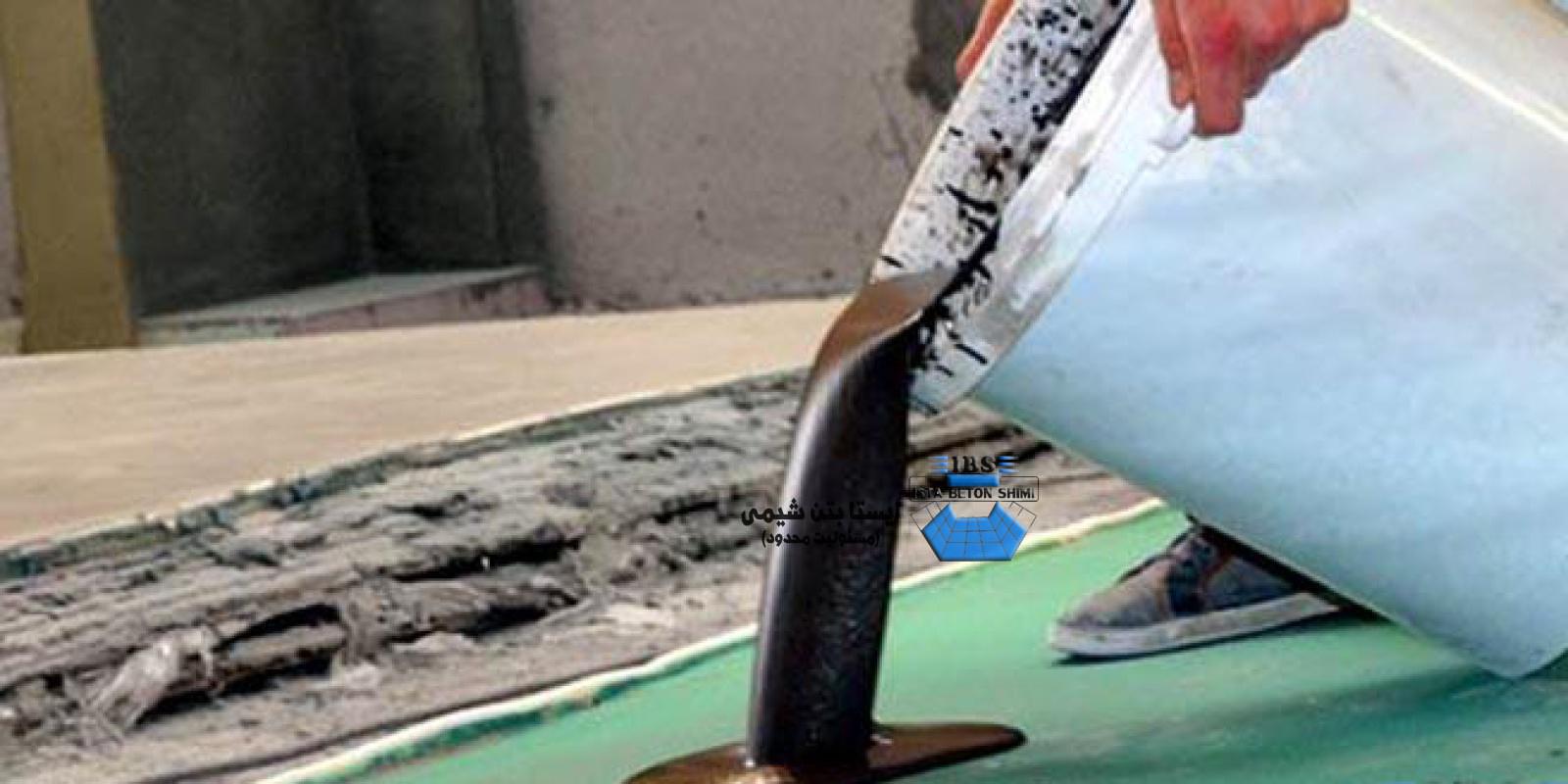Pressure gauges are essential devices used to measure and monitor strain in various industrial, business, and residential purposes. Whether it is monitoring hydraulic methods, HVAC tools, or process pipelines, strain gauges play a vital function in maintaining operational effectivity and security. In this text, we provide suggestions for selecting, putting in, and sustaining pressure gauges to make sure accuracy and reliability in strain measurement.
Selecting the Right Pressure Gauge
Choosing the suitable pressure gauge for a specific application is important for Advance hydraulics accurate measurement:
– Pressure Range: Select a strain gauge with a range that encompasses the expected stress levels within the system to ensure accurate readings.
– Accuracy: Choose strain gauges with excessive accuracy rankings, sometimes expressed as a percentage of full scale, to reduce measurement errors.
– Dial Size: Consider the size of the strain gauge dial, guaranteeing it is massive enough to learn simply from a distance and in numerous lighting situations.
– Connection Type: Determine the appropriate connection sort (e.g., threaded, flanged) and dimension (e.g., 1/4″, half of”) for the pressure gauge to ensure compatibility with the system.
Proper Installation Practices
Correct installation of strain gauges is essential for correct and reliable measurement:
– Location: Install stress gauges in accessible places the place they can be easily learn and serviced, away from sources of extreme vibration, warmth, or corrosive substances.
– Mounting: Ensure stress gauges are securely mounted to steady surfaces or brackets utilizing applicable mounting hardware to forestall motion or misalignment.
– Calibration: Calibrate pressure gauges often using licensed calibration tools to confirm accuracy and adjust readings if necessary.
– Sealing: Use acceptable sealants or gaskets to make sure leak-free connections between the pressure gauge and https://Www.Adh.Ca/En/Services-En/Test-Bench-Capabilities the system, preventing fluid leaks and strain losses.
Maintenance and Care
Regular upkeep is crucial for prolonging the lifespan and accuracy of strain gauges:
– Cleaning: Keep stress gauge lenses and dials clear and free from dust, mud, and particles utilizing a gentle cloth or brush to make sure clear visibility of readings.
– Inspection: Periodically examine strain gauges for signs of harm, put on, or corrosion, such as cracked lenses, faded dials, or rusted components, and replace or repair as wanted.
– Zeroing: Zero pressure gauges regularly to remove any offset or drift in readings, guaranteeing accurate measurement of stress ranges.
– Protection: Protect pressure gauges from extreme temperatures, moisture, and physical harm by installing protecting covers or enclosures the place needed.
Application-Specific Considerations
Different applications could require specific considerations when utilizing strain gauges:
– Hydraulic Systems: Use pressure gauges with glycerin-filled dials or pulsation dampeners to dampen vibration and stop needle flutter in hydraulic systems.
– High-Temperature Environments: Select pressure gauges with temperature-resistant supplies and construction for applications the place temperatures exceed normal working ranges.
– Corrosive Fluids: Choose strain gauges with corrosion-resistant materials such as stainless steel or Monel for applications involving corrosive fluids or environments.
Conclusion
Pressure gauges are indispensable instruments for measuring and monitoring pressure levels in various functions. By choosing the proper pressure gauge, following proper installation practices, and conducting common maintenance, customers can ensure accurate and dependable stress measurement, leading to improved effectivity and security of their operations.
FAQs
1. Why is it essential to select the best pressure gauge for an application?
Selecting the proper stress gauge ensures accurate measurement of pressure ranges, which is essential for sustaining operational efficiency and security in various purposes.
2. How usually ought to pressure gauges be calibrated?
Pressure gauges ought to be calibrated frequently, sometimes at intervals recommended by the manufacturer or regulatory standards, to confirm accuracy and reliability.
3. What are widespread causes of stress gauge inaccuracies?
Common causes of strain gauge inaccuracies include harm, wear, corrosion, calibration drift, and improper set up or handling.
4. Can pressure gauges be repaired in the occasion that they turn into inaccurate?
In some circumstances, stress gauges could be repaired or recalibrated to revive accuracy. However, if the harm is in depth or irreparable, alternative could also be needed.
5. Are there various kinds of stress gauges for specific applications?
Yes, hydraulic service strain gauges come in various types and configurations designed for particular applications, such as hydraulic systems, high-temperature environments, or corrosive fluid functions.
